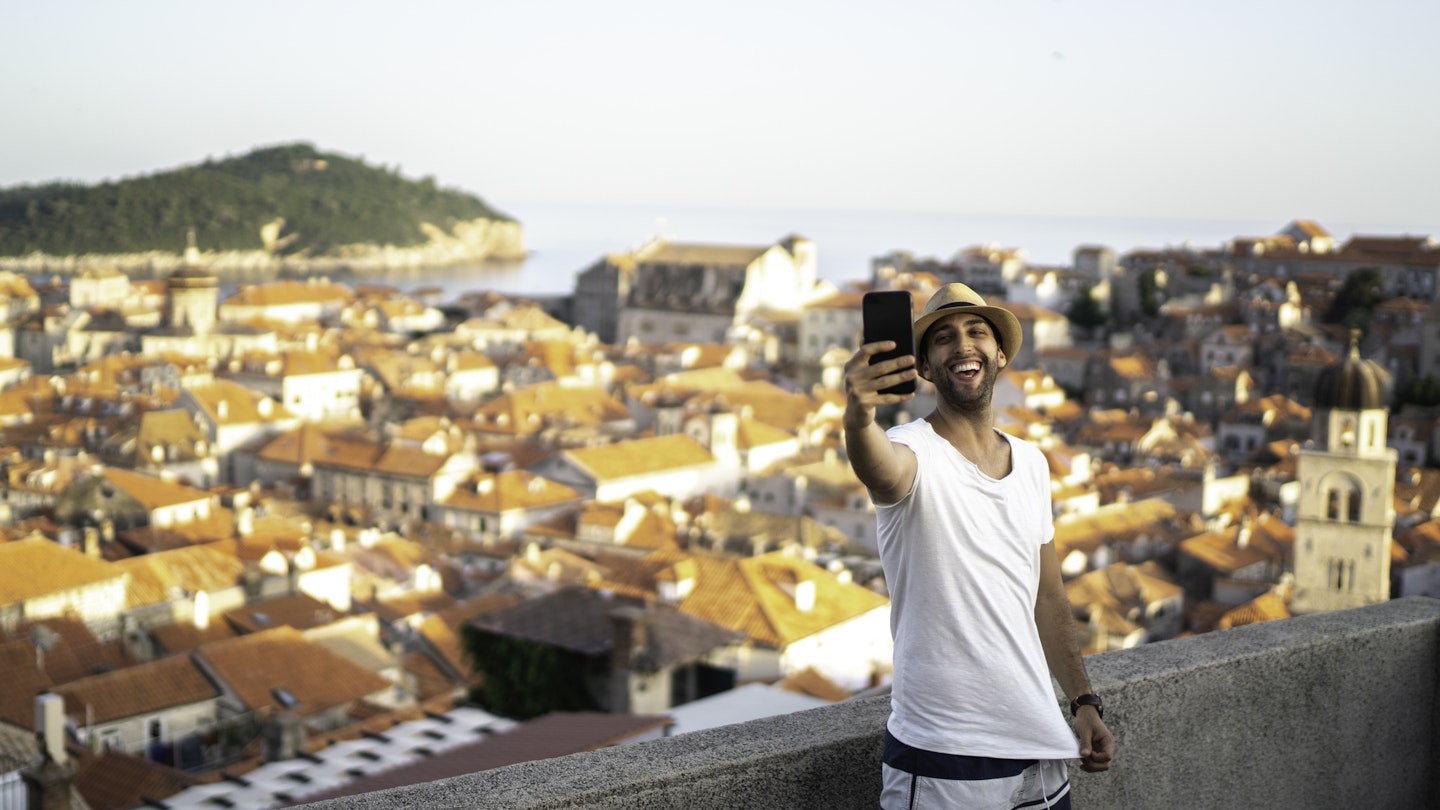The Best Times to Visit Dubrovnik, Croatia
Dubrovnik has withstood earthquakes and sieges, with its marble flagstones and rugged walls giving this lovely city – Croatia’s most popular – a timeless feel. However, the seasons vary greatly in Dubrovnik. Choosing the ideal time to visit depends not only on your attitude towards weather but also on crowd preferences. High summer can mean vibrant festivals and glorious sun, while winter might offer a more intimate experience with the city. Here’s a closer look at the best time to visit Dubrovnik.
What’s the Weather Like in Dubrovnik?
Located in southern Dalmatia near Croatia’s southern tip, Dubrovnik enjoys a maritime climate thanks to the nearby Adriatic Sea. Summers are typically warm and sunny, while winters are milder and somewhat damp. With a compact population of under 50,000 residents, Dubrovnik is smaller than other Croatian cities like Split and Zadar. This means its picturesque old town can become quite crowded, so proper planning for your visit is crucial.

July and August: The Peak Season for Festivals and Warm Weather
During July and August, Dubrovnik enters its high season, showcasing warm sea temperatures and an impressive average of 11 hours of sunshine each day. Temperatures often exceed 95°F (35°C), and a continuous stream of festivals, which center on classical music, theater, folk, and opera, fills the city. While many dance music festivals can be found further up the coast near Zadar, the ease of getting around via buses and ferries makes transportation convenient.
Due to the influx of visitors, planning accommodations early is essential. The old town can become hectic as cruise ship passengers join overnight tourists throughout the day. To avoid the crowds, consider exploring before 9:30 AM or after 3 PM. Day trips and visits to nearby islands are also excellent ways to enrich your experience.
By August, the warmest water conditions make beach time most enjoyable, although finding a quiet spot may require more effort. Hop on a sea kayak or take a boat trip to the car-free Elaphite Islands to escape the busyness. The cultural scene continues with performances, especially the exuberant comedies of 16th-century playwright Marin Držić, so allow yourself to leisurely indulge in the vibrant atmosphere.

May, June, September, and October: Ideal for Smaller Crowds
Visiting in May, June, September, or October typically promises pleasant temperatures averaging 77°F (25°C) or higher. Although the sea may still be cool, these months present a great opportunity for a beach getaway. While the old town remains busy, the intensity is significantly lower compared to July and August, allowing for enjoyable touring of the islands, hiking, or even rafting.
May, in particular, offers the benefits of fewer crowds, making it a fantastic time to explore as everything is open without overwhelming guest numbers. The warm sun in June injects a lively early summer buzz, providing more room to enjoy the iconic walls of Dubrovnik and learn about its proud trading history.
As September progresses, Dubrovnik transitions into shoulder season. The classical festivals continue, and while the early month can still be hot, visitor numbers begin to decline, resulting in less crowded attractions. October is often a delightful time to explore, providing the last opportunity for beach activities while enjoying the city’s vibrant food festivals and sporting events.

Low Season (November to April): Perfect for Budget Travelers
If you’re considering a visit between November and April, the beach may not be your destination, but exploring Dubrovnik’s architectural and cultural treasures becomes a rewarding experience. The old town feels more like a living city, with fewer tourists and many bars and restaurants remaining open. Moreover, hotel prices tend to drop significantly during winter.
November often has lovely weather, with average temperatures reaching around 62°F (17°C). This period is ideal for immersing yourself in museums, galleries, and churches, as well as enjoying hearty local dishes. Though December often brings colder and wetter conditions, the festive Winter Festival lights up the city with celebrations and delicious seasonal foods.
Despite the cold of January, February brings the onset of local festivities. The Feast of St Blaise and the Carnival add vibrancy to winter without overwhelming crowds. March remains calm, yet it provides excellent conditions for exploring the stunning city walls and taking day trips to nearby fishing villages. Finally, April signals a resurgence in tourism, welcoming spring with increased sunshine and festive activities.
Overall, each season in Dubrovnik presents unique opportunities for exploration and enjoyment. Embrace the charm of Croatia’s most iconic city, planning your visit according to your preferences for weather, events, and crowds.





